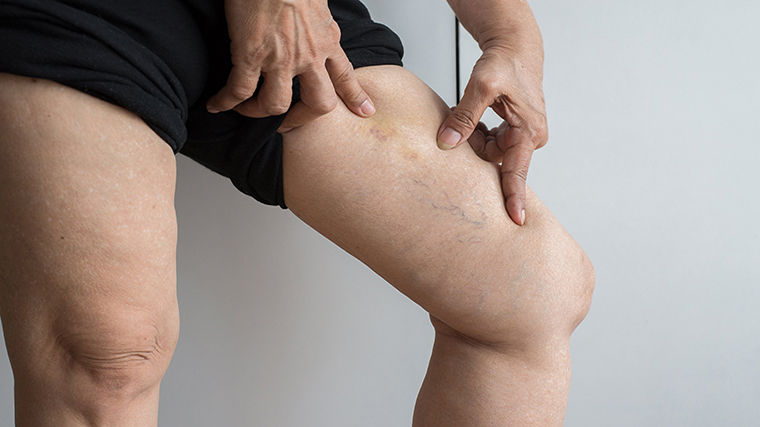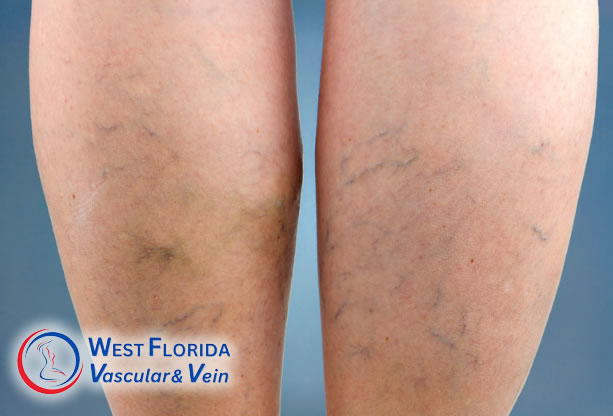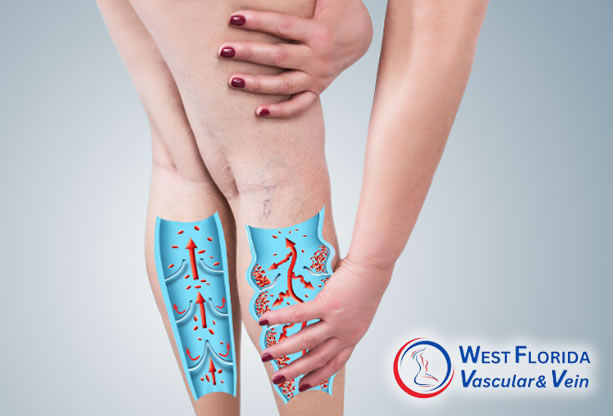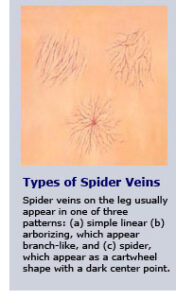- 1840 Mease Drive, Suite 319, Safety Harbor, Florida 34695
- Mon - Fri: 8:00am - 5:00pm

 Under the expert guidance of our Board Certified Vascular Surgeon, Dr. Mark Zuzga, our team of Vein Specialists & Vascular Experts are committed to delivering top-tier outpatient vascular & vein evaluation and treatment throughout the greater Tampa & West Florida surrounding areas. Should you find yourself dealing with leg pain, swelling, ulcers, discoloration, or the appearance of spider and varicose veins, we invite you to request a screening today
Under the expert guidance of our Board Certified Vascular Surgeon, Dr. Mark Zuzga, our team of Vein Specialists & Vascular Experts are committed to delivering top-tier outpatient vascular & vein evaluation and treatment throughout the greater Tampa & West Florida surrounding areas. Should you find yourself dealing with leg pain, swelling, ulcers, discoloration, or the appearance of spider and varicose veins, we invite you to request a screening today
Office Hours
| Mon - Fri: | 8:00am - 5:00pm |
| Saturday: | Office Closed |
| Sunday: | Office Closed |




 Spider veins usually take on one of three basic patterns. They may appear in a true spider shape with a group of veins radiating outward from a dark central point; they may be arborizing and will resemble tiny branch-like shapes; or they may be simple linear and appear as thin separate lines. Linear spider veins are commonly seen on the inner knee, whereas the arborizing pattern often appears on the outer thigh in a sunburst or cartwheel distribution.
Spider veins usually take on one of three basic patterns. They may appear in a true spider shape with a group of veins radiating outward from a dark central point; they may be arborizing and will resemble tiny branch-like shapes; or they may be simple linear and appear as thin separate lines. Linear spider veins are commonly seen on the inner knee, whereas the arborizing pattern often appears on the outer thigh in a sunburst or cartwheel distribution.